-
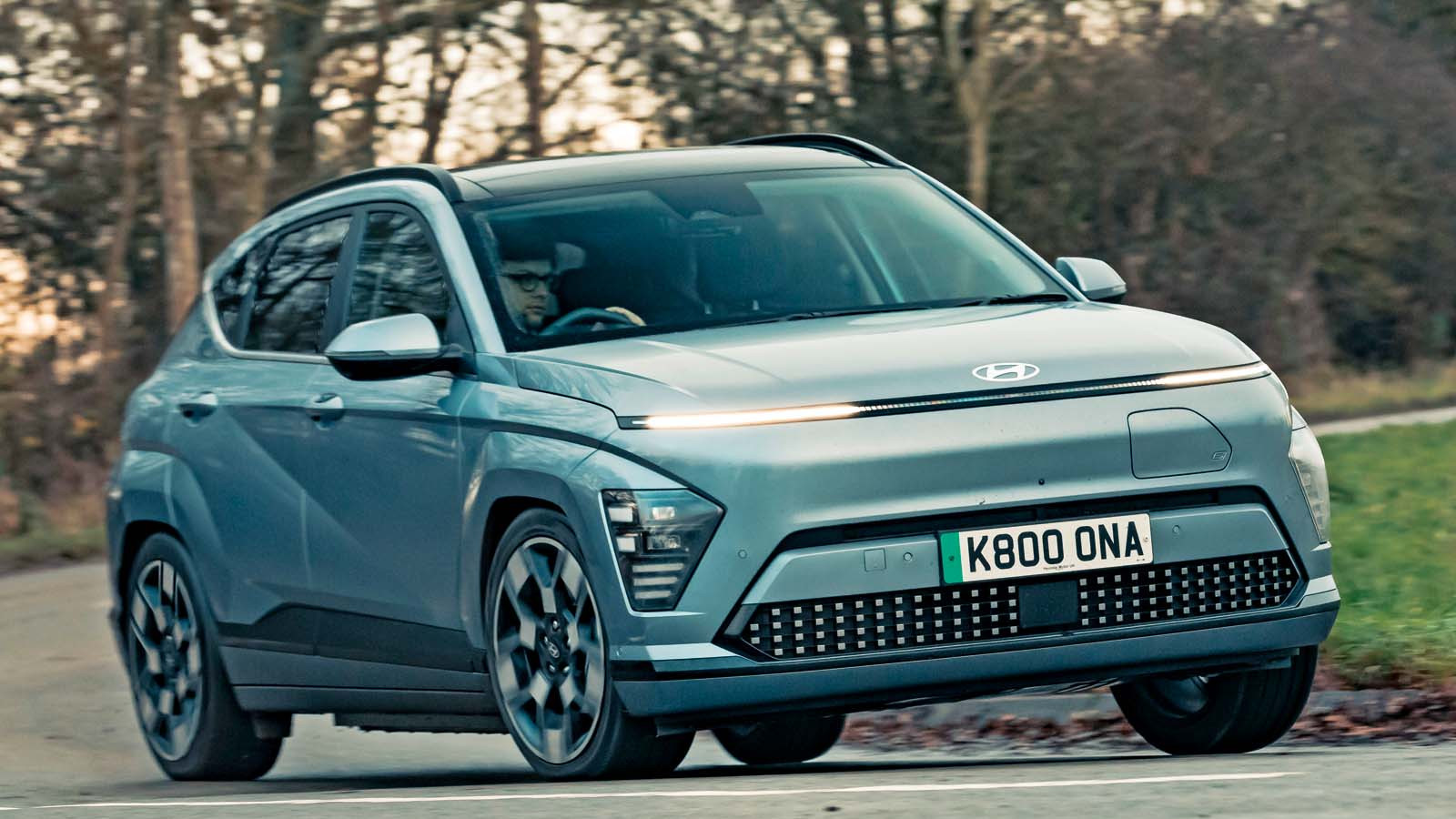 © Hyundai
© Hyundai -
 © Hyundai
© Hyundai -
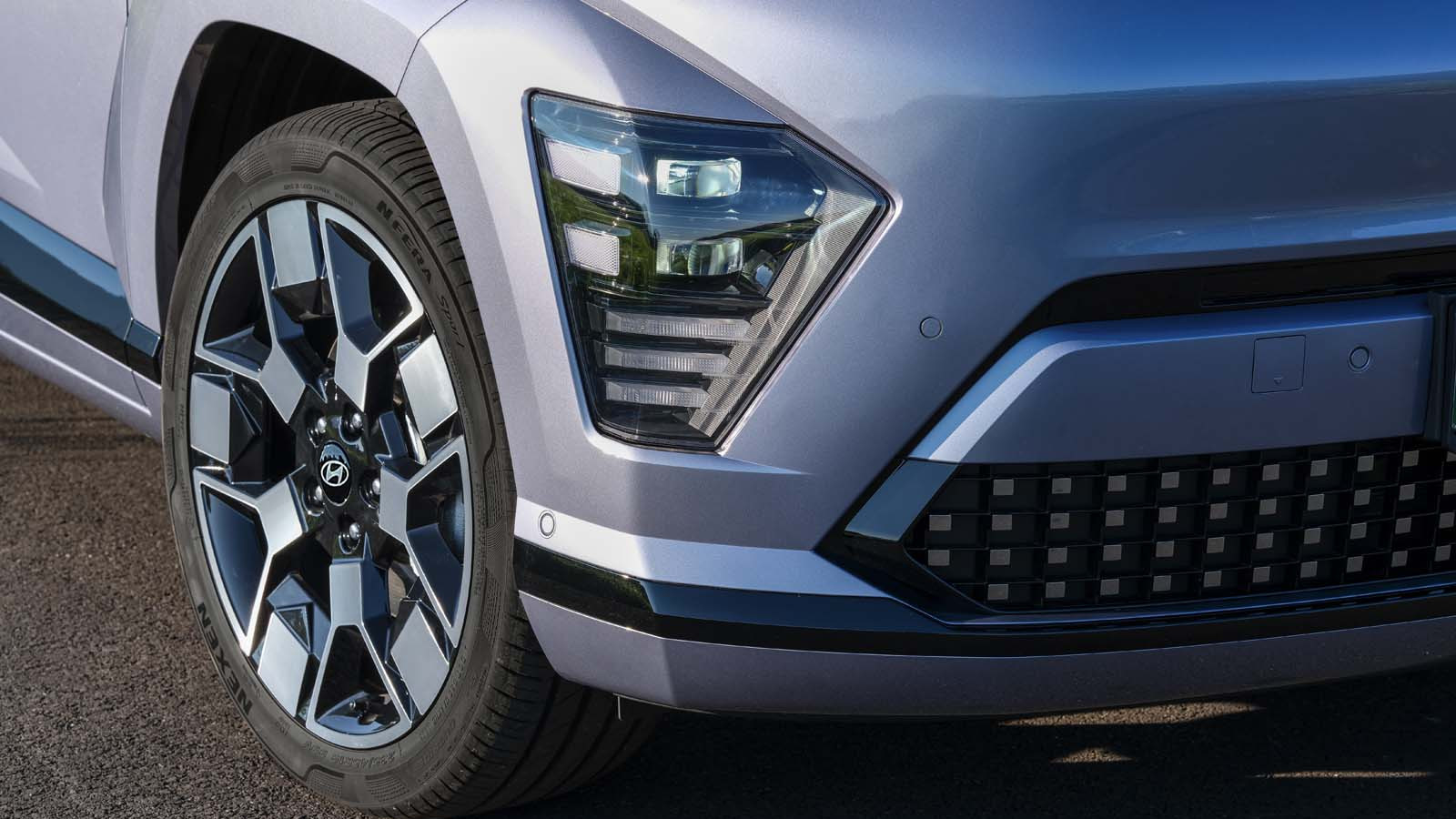 © Hyundai
© Hyundai -
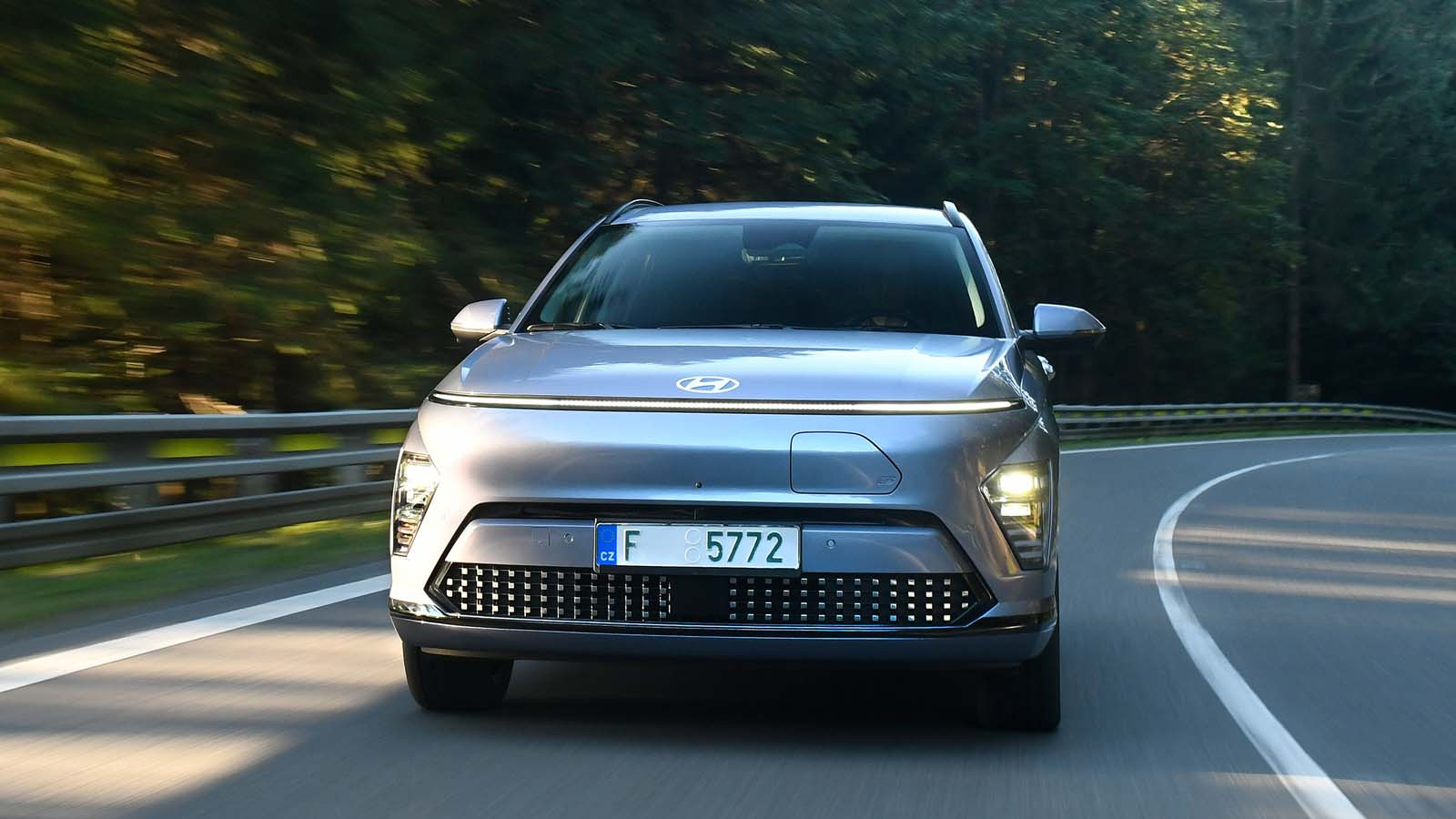 © Hyundai
© Hyundai -
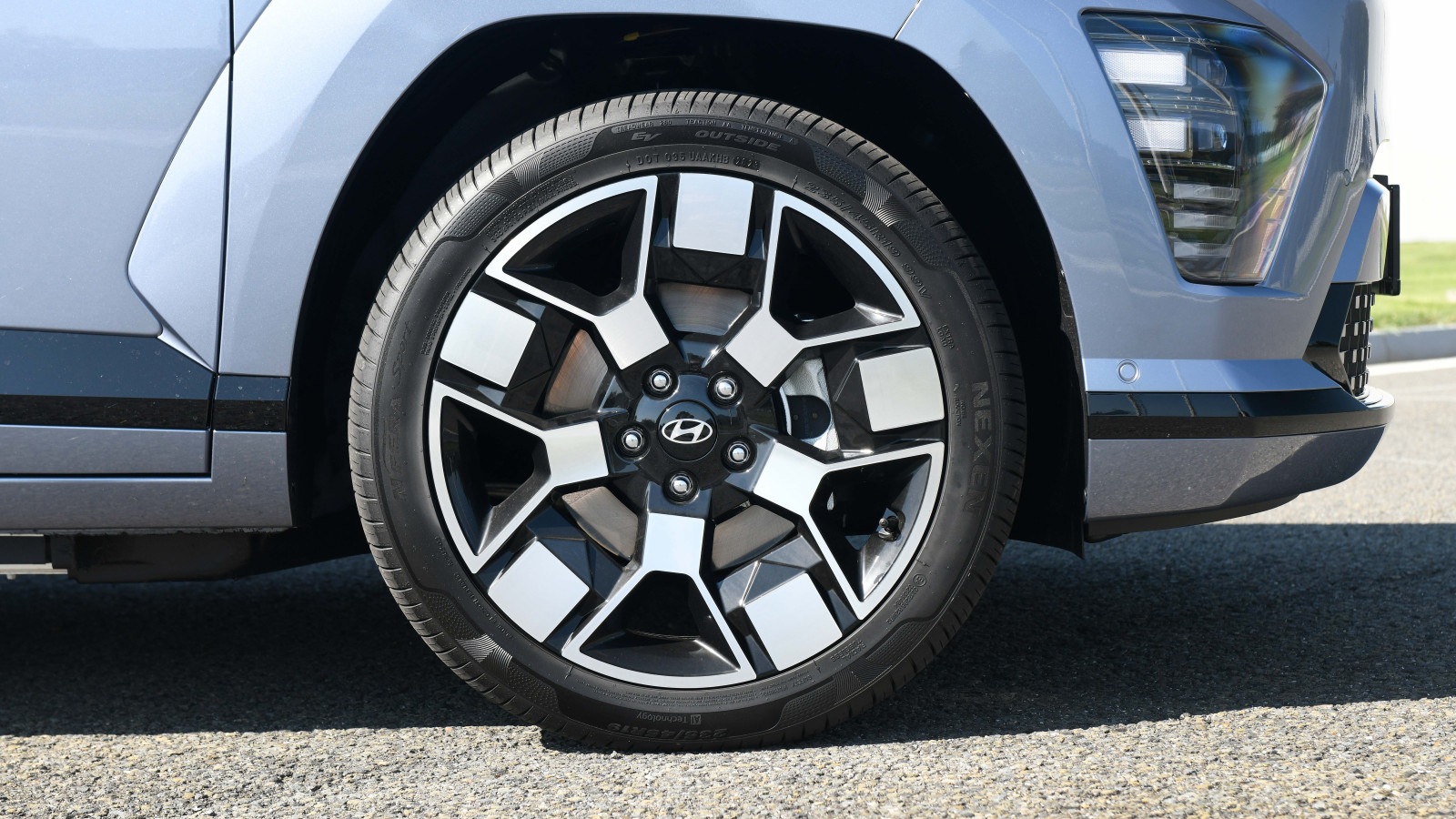 © Hyundai
© Hyundai -
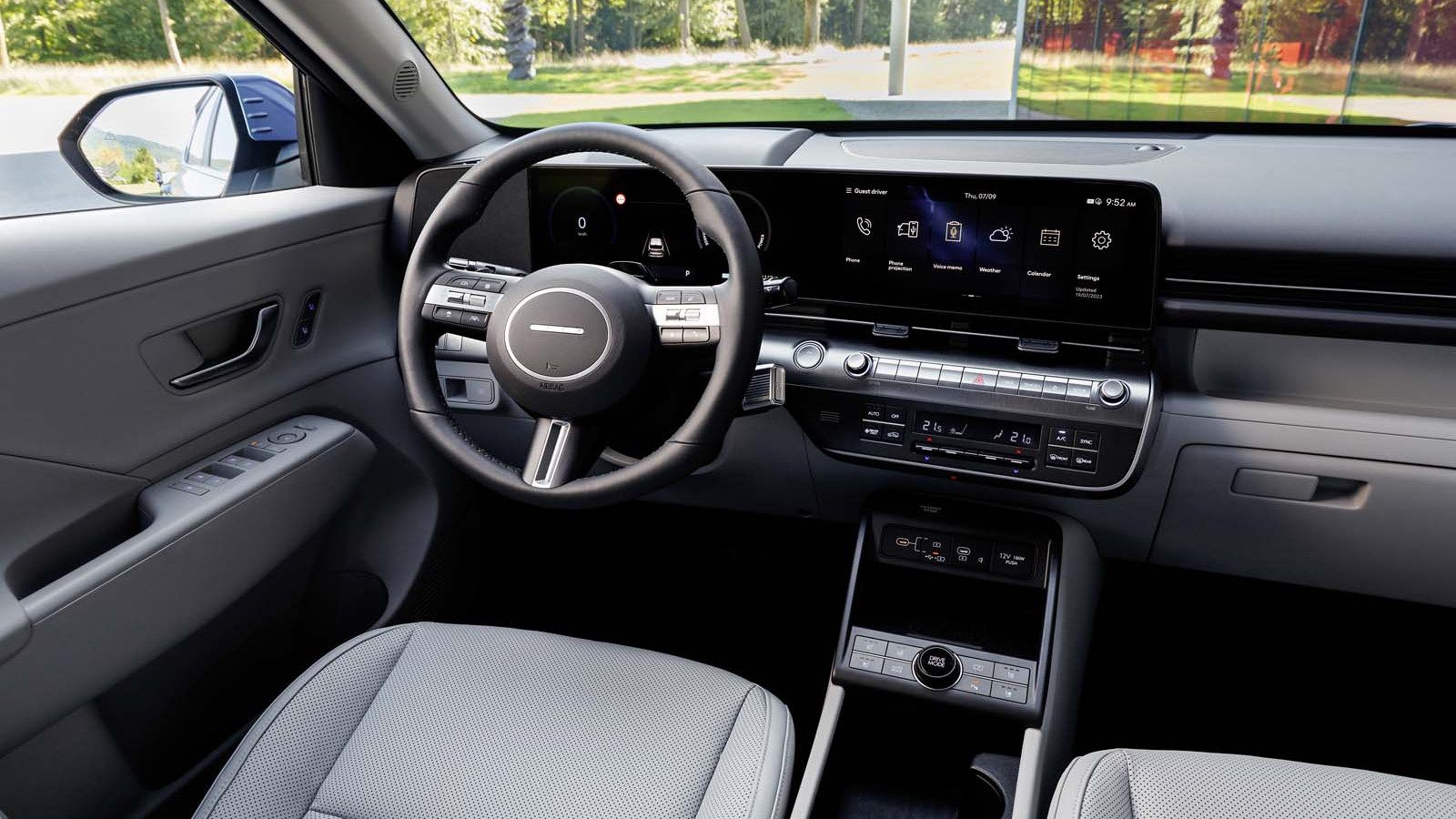 © Hyundai
© Hyundai -
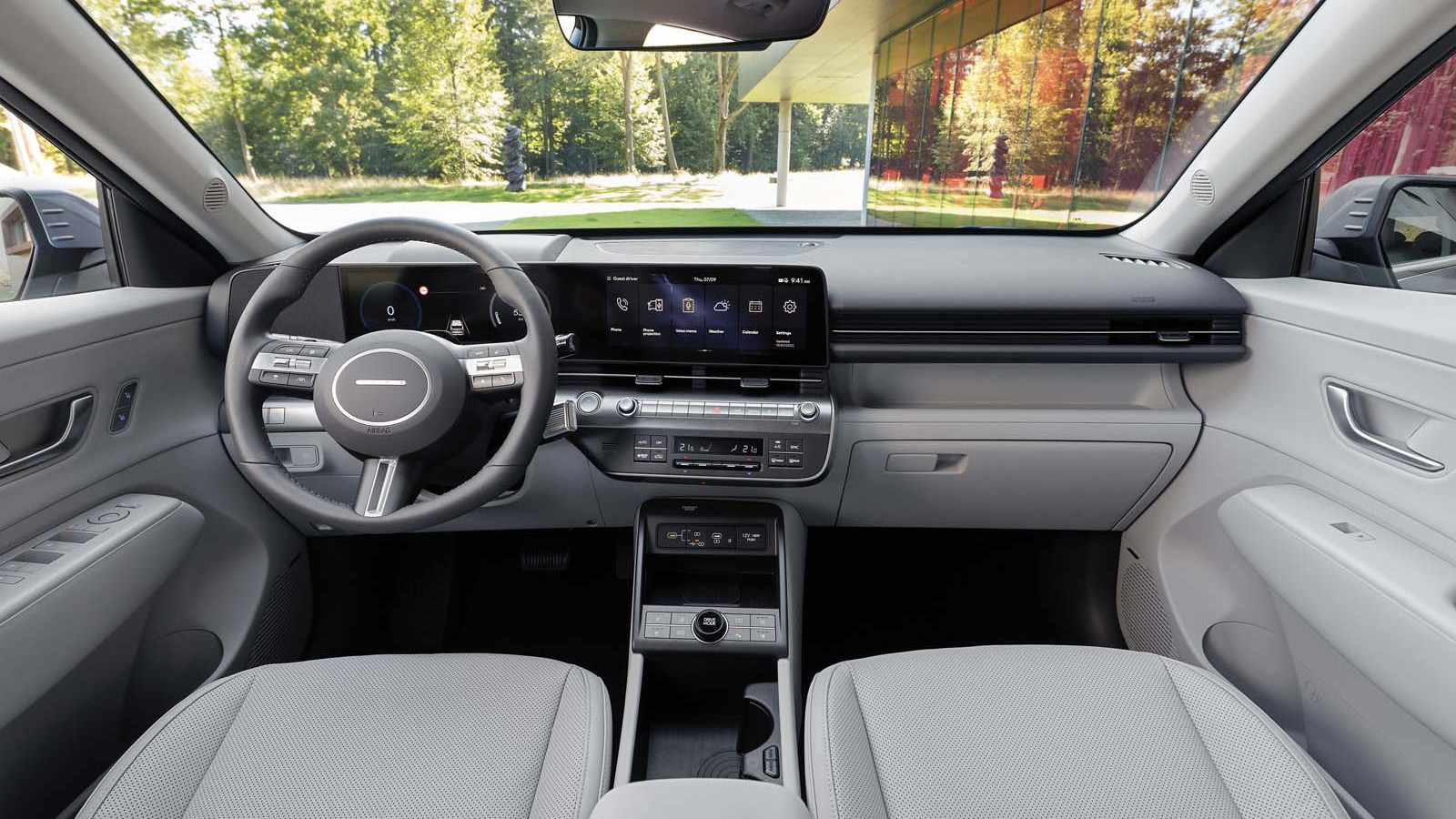 © Hyundai
© Hyundai -
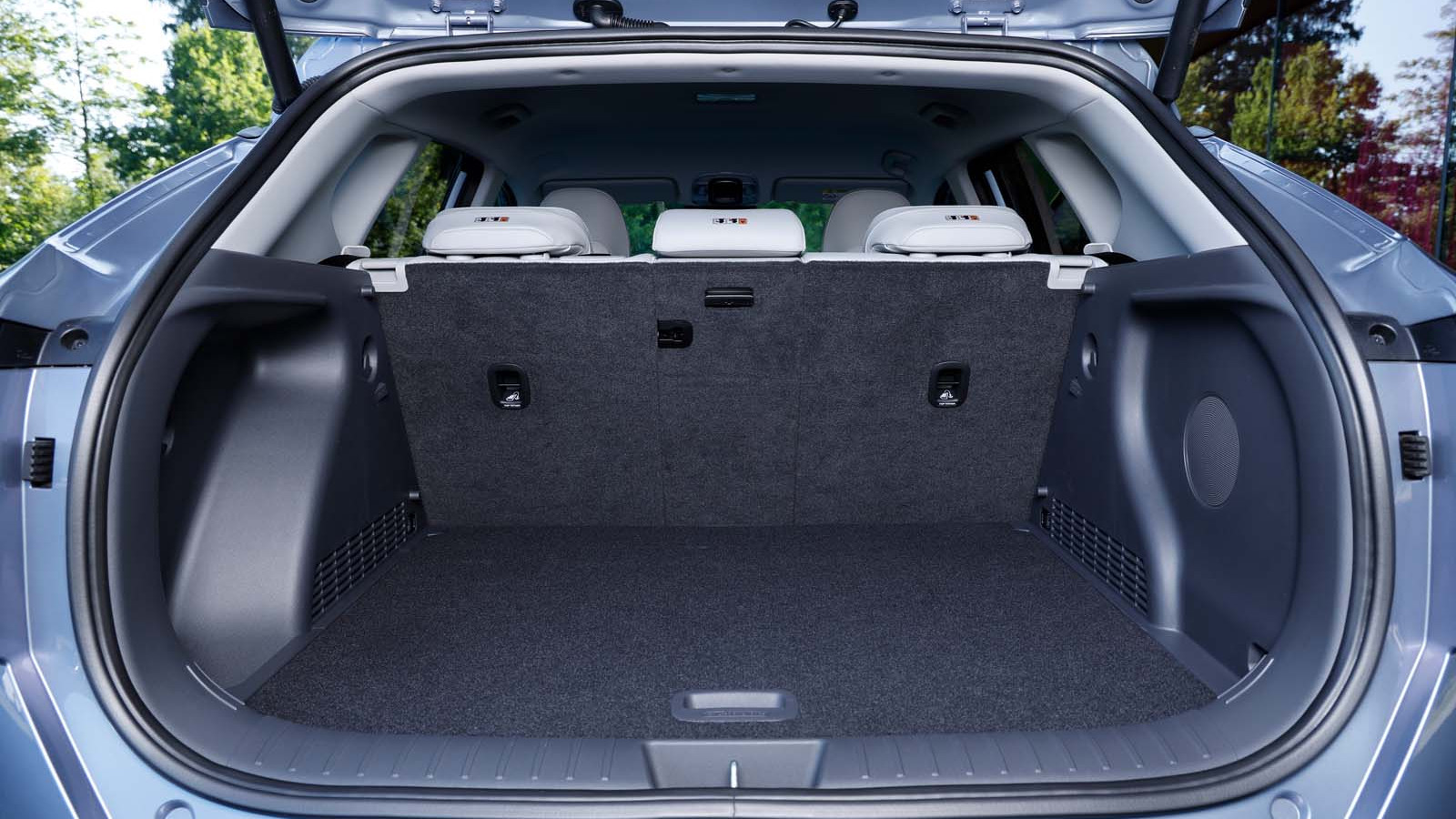 © Hyundai
© Hyundai -
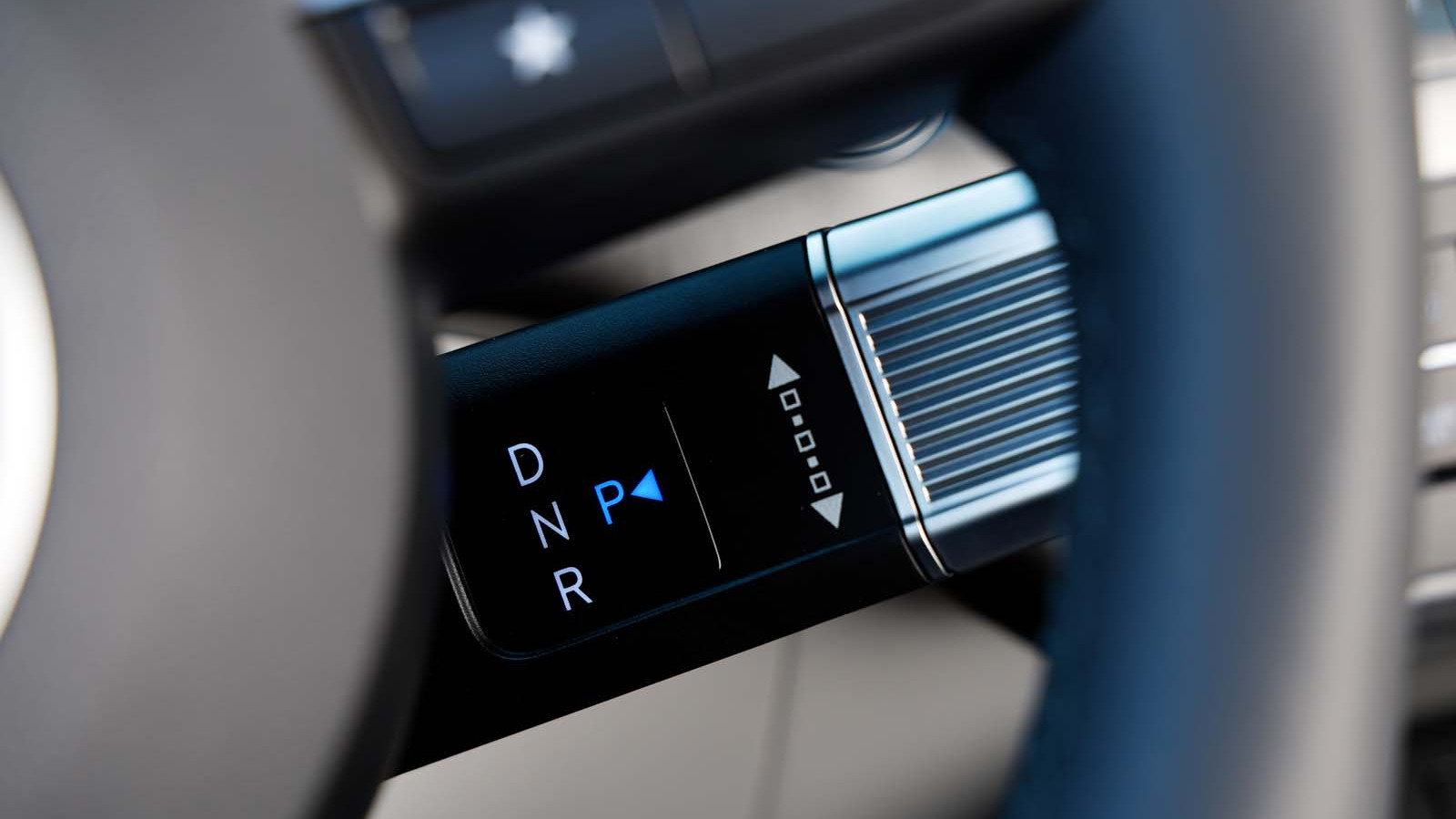 © Hyundai
© Hyundai -
 © Hyundai
© Hyundai -
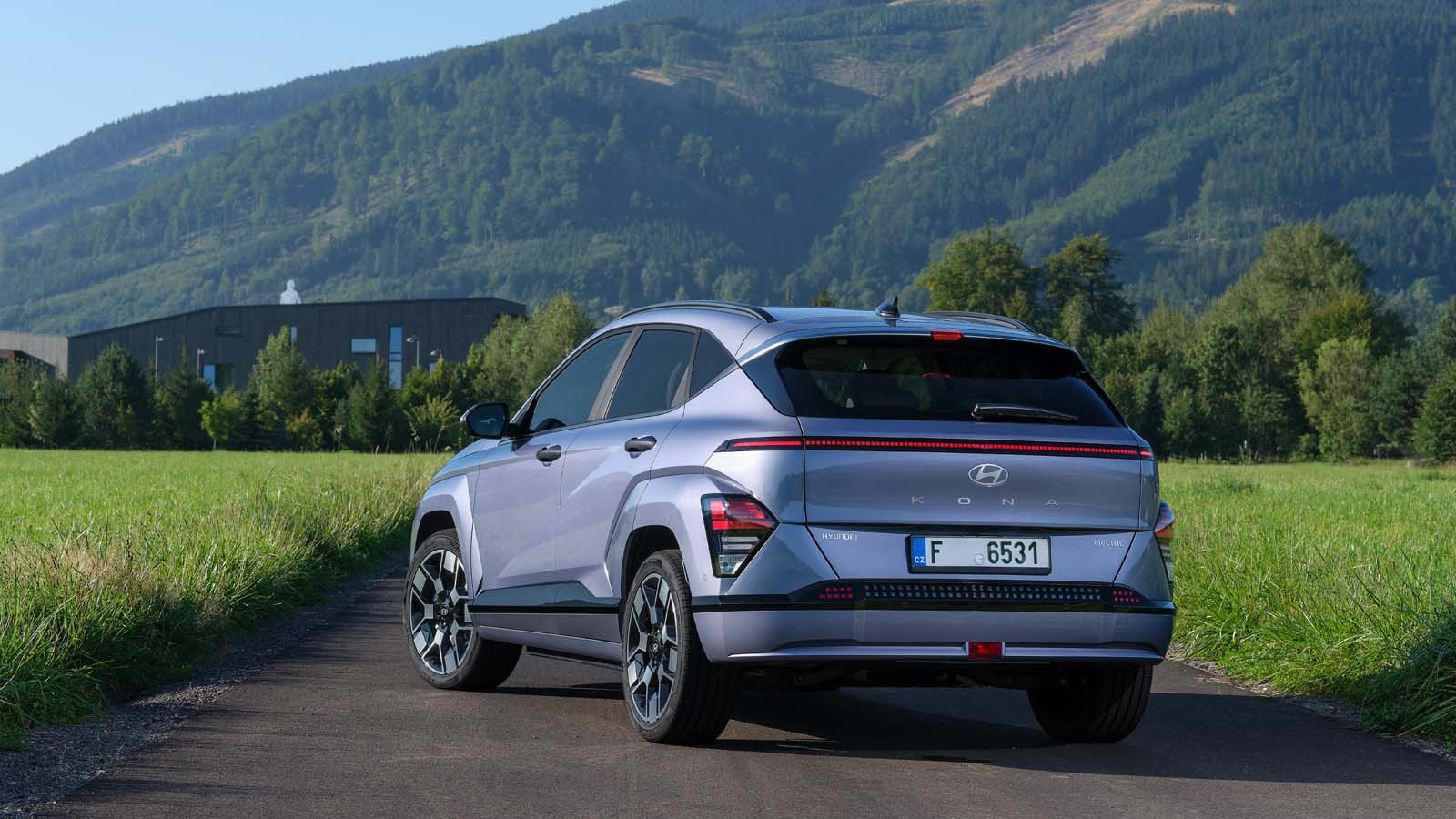 © Hyundai
© Hyundai -
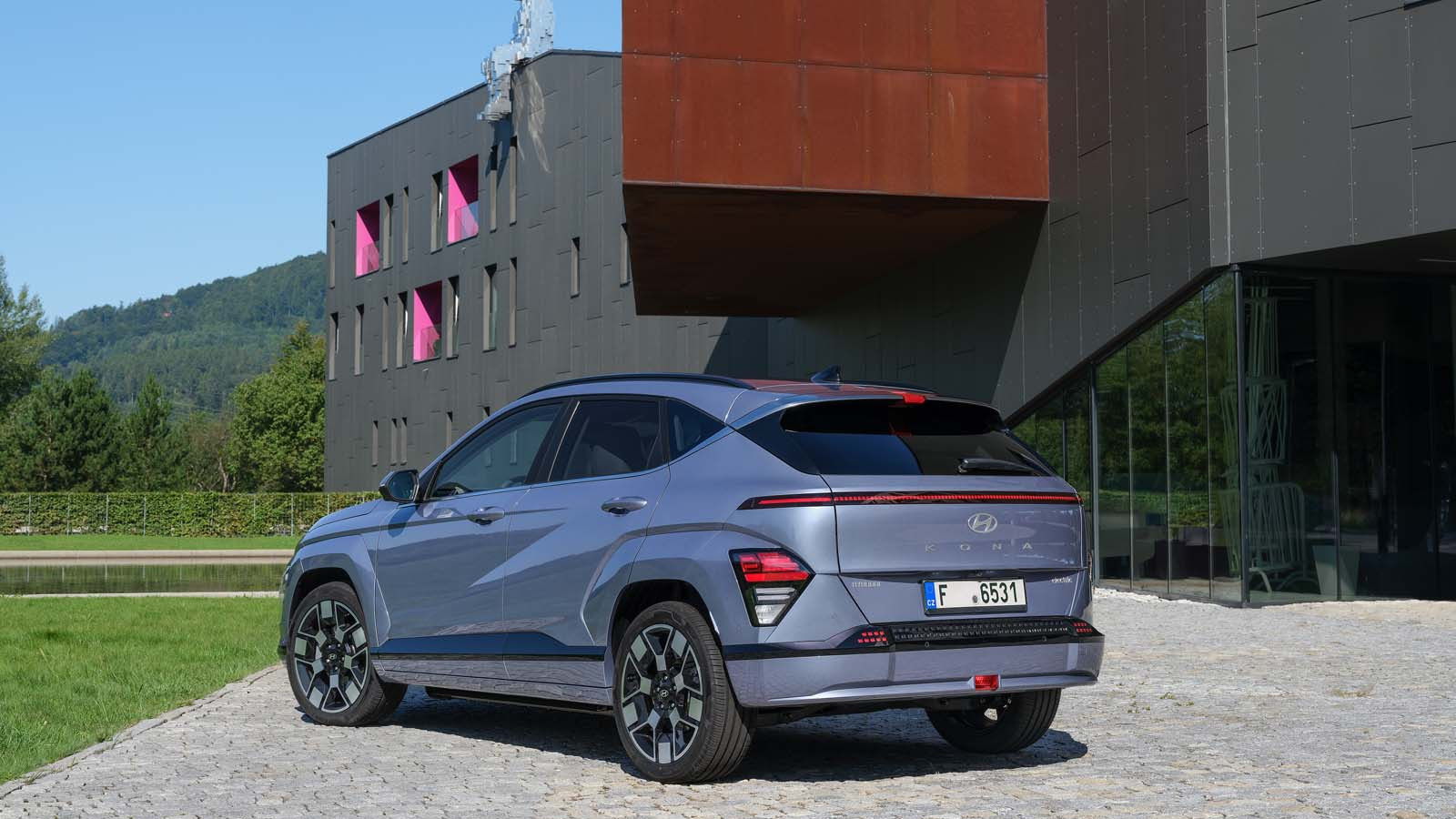 © Hyundai
© Hyundai -
 © Hyundai
© Hyundai
-
This is the new Hyundai Kona Electric, and it's a bigger, more stylish replacement to the brand's popular electric crossover.
-
The key difference with the second-generation Kona Electric is that its been developed as an electric car first. You see, when the car was first launched back in 2028, it was designed as an ICE-powered car first and then got the EV treatment later.
Hyundai has now pulled the UNO reverse card, going all out on the EV car from the outset. It rides on the firm's latest multi-powertrain platform, the same architecture which underpins the Kia Niro EV.
-
On the outside, the Kona EV has been substantially redesigned, and now features a cleaner front end.
The LED wraparound light bar is particularly sharp, as a re the headlights which get the firm's 'parametric pixel' design, and are exclusive to the electric Kona.
-
The new Kona Electric is offered with a choice of two powertrains: you can get a Standard Range model with a 114k motor and 48.4kWh battery, or the Long Range variant, which uses a larger 65.4kWh battery and 160kW electric motor.
You can get the Standard Range in Advance trim only, while the Long Range is available in both Advance and top-spec Ultimate trim, which gets 19 inch wheels and a Bose sound system. N Line and N Line S models will arrive next year.
-
The Standard Range model, which offers an estimated range of up to 234 miles, so our attention here is on the Long Range car. It can do an admirable 319 miles on a single charge, which is a big step ahead of the 285-mile Niro EV, and 261-mile BYD Atto 3.
Both variants of the new Kona Electric can charge at up to 102.3kW, which is far from cutting edge, but should allow for 1 10-80% charge in around 40 minutes.
-
Interior quality has moved on substantially and feels very up-to-date. Inside you get two curved 12.3in screens, one for the drivers display and the other as the touchscreen infotainment system. The touchscreen could be a little more responsive, but overall its easy to use and the graphics are sharp.
Better still, the Kona Electric gets loads of physical buttons which sit underneath the touchscreen. They are great to use on the move and makes it so much easier to adjust the climate control and change to different menus. The head-up display is also very good.
-
One of the clearest benefits to the new Kona EV is its bigger proportions, and you really notice the extra space inside. The cabin feels airy and capacious, and there is more room in the new model compared to the previous generation. Six-footers can easily get comfortable in the back thanks to better headroom; leg room is better described as sufficient.
Hyundai has also reconfigured the front of the interior by moving the drive controller from the centre console to a stalk behind the steering wheel. This has freed up space in the centre console for more storage and some cupholders.
-
You also get a bigger boot compared to the first Kona EV: the new model has up to 466 litres of space, whereas the first-gen model had only 322 litres.
-
Interior quality is better, but in some areas it doesn't feel as well appointed as the Kia Niro EV. There's a heavy use of scratchy plastics throughout, including tops of the doors where you rest your elbow.
Visibility, meanwhile, is good all round – as is the driving position. Road and wind noise are well isolate, too.
-
We drove the Long Range model on a mixture of roads in southern Czechia. It has plenty of power for this type of car, while its delivery feels more progressive, it picks up well enough should you need a bit of extra acceleration.
There are a few driving modes to choose from: Normal, Sport, Eco and Snow. You'll regularly drive the car in Normal mode, and Sport does little to the overall feel of the car, so don't expect an Hyundai N performance thrills here.
-
The car is predictable in terms of handling and its easy to point down a road, but you don't get much feedback through the steering wheel. And even though the car's batteries sit lower down int he chassis, there's a noticeable amount of body lean even around mid-speed corners.
Still, you get plenty of grip and the Kona EV travels well enough down a rural road. On the smooth roads we tested the car on the ride was pliant. It's certainly on the firmer side, but not in a harsh or aggressive way, and it coped with bumps and road imperfections fairly well.
-
The Kona Electric might cost £1300 more than the Kia Niro EV, but it gets a heat-pump as standard whereas the Kia does not. The BYD Atto 3 also costs less at £37,695, but isn't as good to drive and can only do up to 261 miles on a charge.
-
It might not be a game-changing electric car, but the new Hyundai Kona Electric is a solid all-rounder that has plenty of appeal. Thanks to its bigger proportions, better range and neat styling, the Kona Electric has matured well for its second-generation, and we expect the Long Range to be the pick of the bunch for prospective UK buyers.
